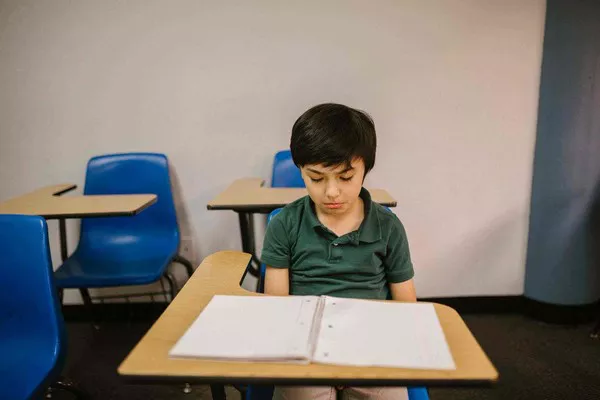As mental health takes center stage in public discourse and healthcare facilities grapple with overcrowding, it becomes imperative to explore factors that shield individuals from developing mental disorders. A commitment to prevention, complementing robust investment in quality care networks, is deemed crucial, especially for vulnerable patients dealing with severe mental illnesses.
At the core of mental well-being lies the brain, a remarkable organ orchestrating our complex mental world. Neurologist Vilayanur Ramachandran aptly describes it as a 3.3-pound mass capable of contemplating infinity and reflecting upon itself.
Basic as it may sound, mistreating the brain is ill-advised, with head injuries in children remaining a public health concern. Accidents, falls, cycling without helmets, and physical abuse contribute to this issue. Equally harmful is allowing adolescents to engage in substance abuse. The normalization of binge-drinking and cannabis consumption contrasts starkly with evidence linking alcohol to anxiety and depression and establishing a clear connection between cannabis and psychosis, particularly in genetically vulnerable individuals.
A chronically sleep-deprived brain is identified as damaged, emphasizing the importance of maintaining healthy sleep patterns. The article contends that factors contributing to physical health, such as nutrition, lifestyle habits, and avoiding a sedentary lifestyle, also play a role in protecting against mental disorders like Alzheimer’s disease and depression.
Preventive measures extend to prenatal care, as studies underscore the significance of proper nutrition, protection against infections, toxin avoidance during pregnancy, and optimal birthing conditions. However, the primary protective factor, according to psychoanalyst John Bowlby, is the secure bond between parents and infants. This attachment experience shapes a child’s understanding of self and others, fostering trust and healthy interactions. On the contrary, childhood abuse increases the risk of psychosis, suicidal behavior, and substance abuse in adulthood.
Bullying and social adversity emerge as influential factors, countered by protective elements like a supportive school environment and effective social policies. Social determinants, including working conditions, salary, and housing, also impact mental health. While acknowledging the role of social elements, the article cautions against an overly deterministic perspective, emphasizing the importance of individual resilience and adaptation to adversity.
Acknowledging the impact of unemployment and financial struggles on mental health, the article suggests fostering traits associated with long-term emotional well-being in adolescents: a sense of agency or self-efficacy, tolerance to frustration, and the development of a purpose in life. While advocating for social balance policies, it cautions against entirely disregarding merit and individual will, suggesting a more nuanced approach.
Empirical studies depict a resilient individual as optimistic, perseverant, environmentally conscious, humor-oriented, and actively coping with stress. However, the crux of this resilience lies in a sense of belonging to a social group, showcasing gratitude, compassion, and a belief in making a positive difference. In facing a potential mental health crisis, the article underscores the need for resilience and advocates for preventive measures, potentially more cost-effective than reactive treatments.






















